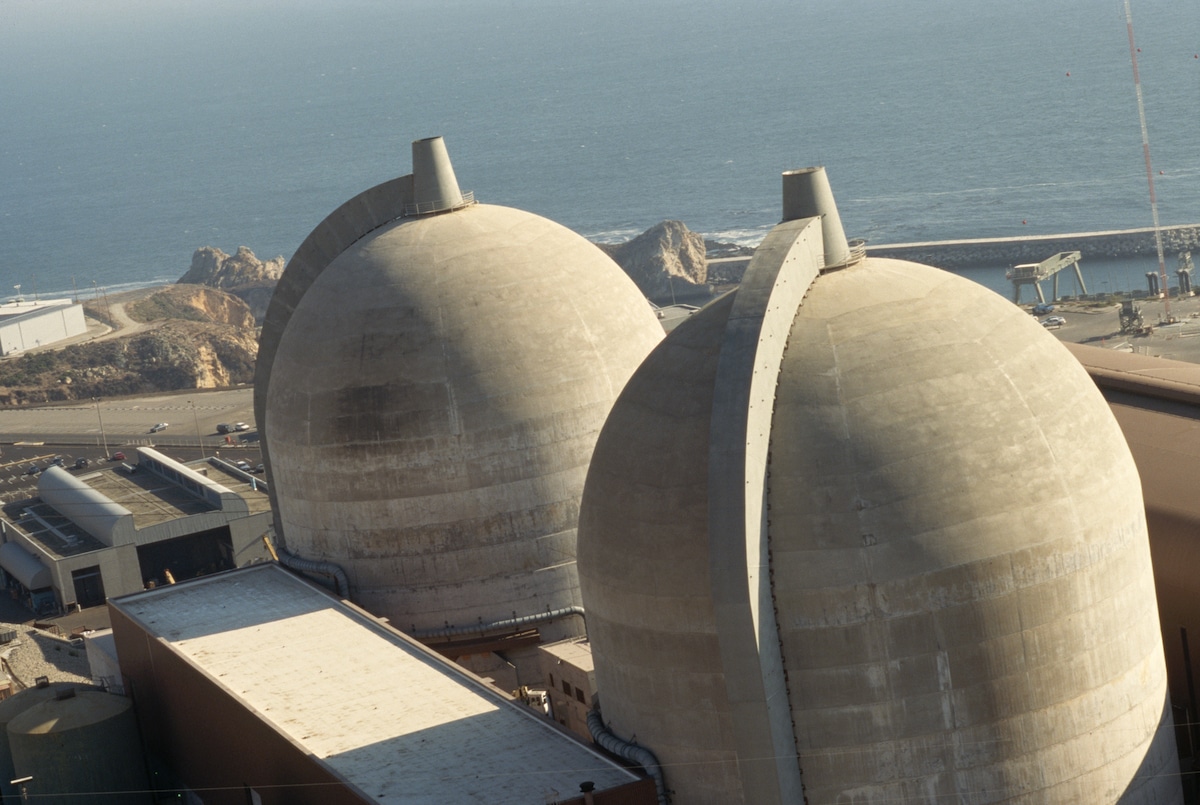Products You May Like
California’s Diablo Canyon Nuclear Plant conditionally received the first round of Biden administation funds to extend the lives of aging nuclear plants. Lloyd Cluff / Getty Images
 Why you can trust us
Why you can trust us
Founded in 2005 as an Ohio-based environmental newspaper, EcoWatch is a digital platform dedicated to publishing quality, science-based content on environmental issues, causes, and solutions.
For the first time, the Biden administration is offering money to recently shuttered nuclear plants that want to come back to life.
The funding is part of the $6 billion Civil Nuclear Credit (CNC) Program offered to prevent the early closings of nuclear reactors as part of the Bipartisan Infrastructure Law. The Department of Energy (DOE) published application guidelines for the program’s second award cycle on Thursday, arguing that nuclear energy is essential for President Joe Biden’s vision of a carbon-free electricity grid by 2035.
More From EcoWatch
“President Biden’s $6 billion investment in the Civil Nuclear Credit Program made it abundantly clear that preserving the domestic nuclear fleet is critical to reaching America’s clean energy future,” U.S. Secretary of Energy Jennifer M. Granholm said in a statement announcing the current round of applications. “Expanding the scope of this Bipartisan Infrastructure Law funding will allow even more nuclear facilities the opportunity to continue operating as economic drivers in local communities that benefit from cheap, clean, and reliable power.”
The first round of funding only offered money to plants that planned to close within the four-year award window. Those first funds have been offered conditionally to California’s Diablo Canyon Power Plant, whose 1 and 2 reactors had been scheduled for decommissioning in 2024 and 2025 respectively, the DOE noted in November of 2022. The second, however, will go to both plants that are at risk of closing in that four-year window or that have already closed after Nov. 15, 2021.
That means that Michigan’s Palisades plant, which closed two weeks early in May 2022 after the discovery of a coolant leak, will be eligible to apply, as Reuters reported. The plant’s current owner, Holtec International, applied for the first round of funding but was rejected.
“This is great news for the industry, and our country, to consider nuclear so vital for our energy future that the idea of what we are trying to accomplish with Palisades, returning a shutdown nuclear plant back to operation, is something that should happen,” Holtec director of government affairs Patrick O’Brien told Reuters in an email.
The plant previously supported around 600 well-paying jobs.
There will be a total of $1.2 billion available as part of this second application period, which closes May 31.
The program, and the DOE’s rhetoric surrounding it, reflects a shift on nuclear power among some environmental advocates in the context of the climate crisis. The DOE emphasized the climate benefits of nuclear in its announcement and noted that the closing of nuclear plants can lead to an increase in both climate warming emissions and other types of air pollution in the surrounding area.
The head of Biden’s Office of Nuclear Energy is a 36-year-old named Kathryn Huff who chose to pursue a career in physics and nuclear engineering in part because of global heating.
“My generation is profoundly concerned about climate change, and the climate crisis can only be solved with clean energy,” Huff told Inside Climate News in a recent profile. “Right now our biggest single source of clean electricity in this country is nuclear power. And so a lot of folks in my generation have that as the sort of existential crisis driving their concerns.”
However, not all environmentalists have embraced nuclear. The Environmental Working Group (EWG), for example, criticized Biden’s decision to fund the extension of Diablo Canyon.
“This decision by the Biden administration is misguided and sets a dangerous precedent for other regulated energy states and utilities to keep aging, dilapidated nuclear plants operating,” EWG President and California resident Ken Cook said in a statement at the time. “A far better use of $1 billion in taxpayer money would be to invest in clean, safe, renewable sources of electricity like solar, wind and storage.”
Subscribe to get exclusive updates in our daily newsletter!
By signing up, you agree to the Terms of Use and Privacy Policy & to receive electronic communications from EcoWatch Media Group, which may include marketing promotions, advertisements and sponsored content.
